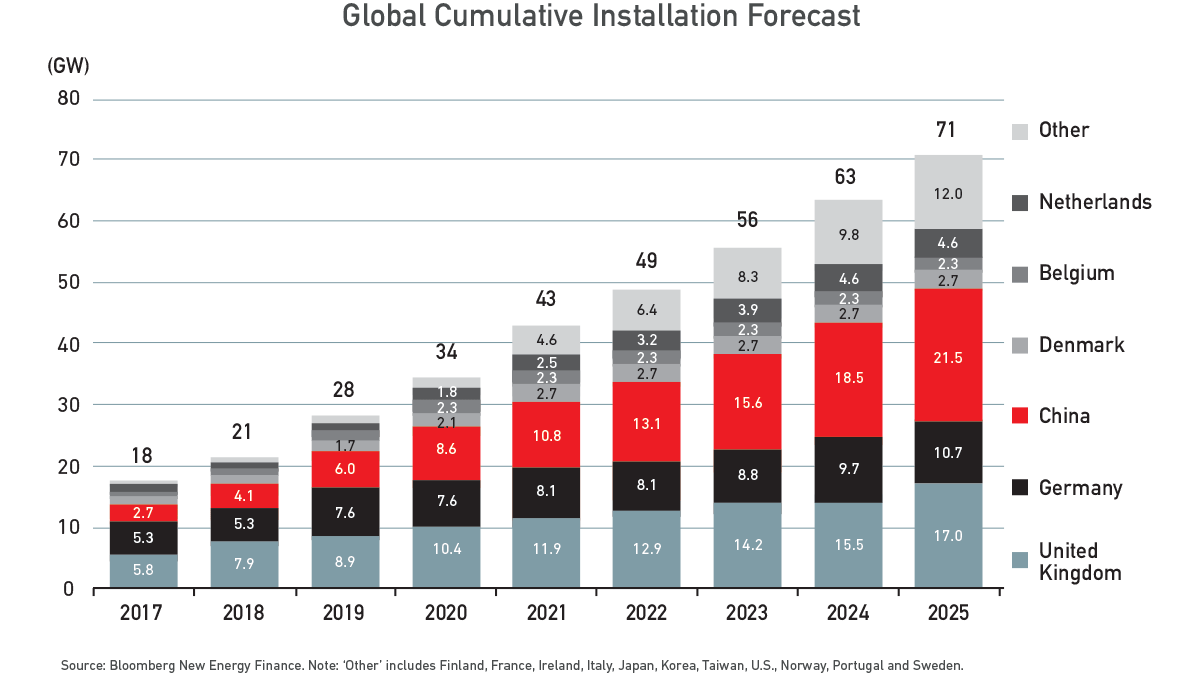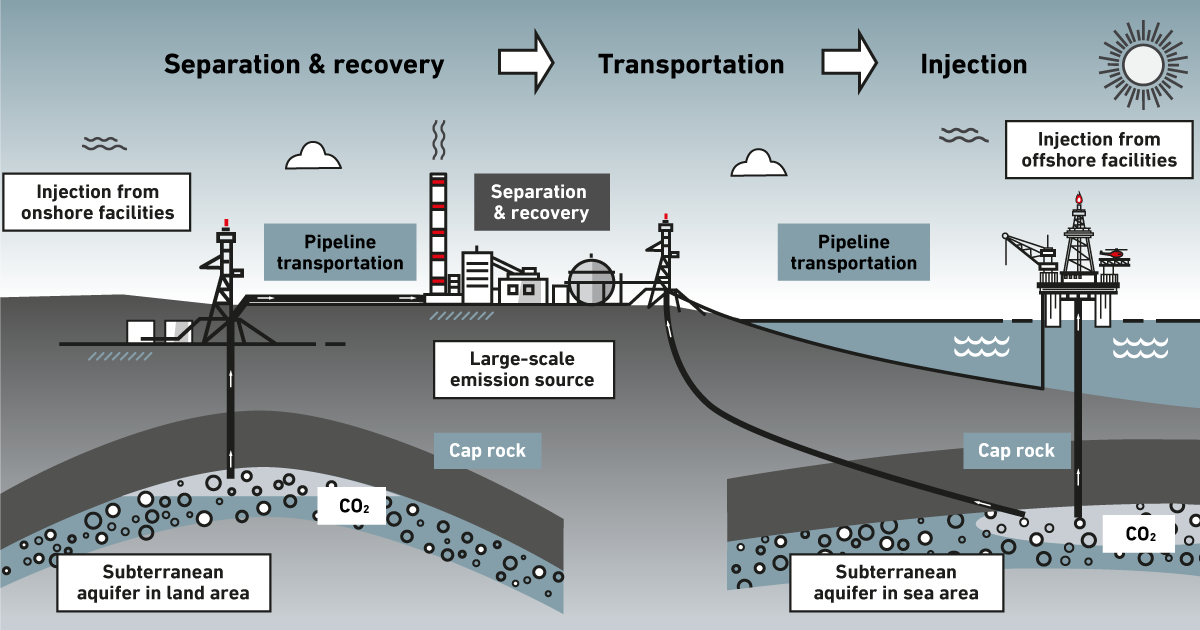The many paths to cleaner energy

How today’s options help ease the transition from non-renewables to renewables
Solving climate change calls for pragmatic solutions that also address the most pressing economic and social issues of our time. With newer, more technically advanced breakthroughs in greener power generation coming into the fray, the race is on to identify the most suitable solutions and implement them in geographies and communities that need them the most.
Be that as it may, the responsibility to tackle these challenges and move the world forward can’t rest solely on governments. Private enterprises, research institutions, nonprofit organizations and philanthropists must step up, too, and work together to drive change from the bottom up.
The rise of offshore wind
Advances made in power generation technologies and their growing economic viability are cultivating a new climate of hope and altering how the world balances its environmental responsibilities with its energy needs.
On a global scale, many countries are turning to renewable energy to curb the release of greenhouse gases. As these nations determine which energy routes to take, one renewable source witnessing a quiet rise is offshore wind.
Bloomberg New Energy Finance (BNEF) states in its Offshore Wind Market Outlook for the first half of 2017 that rapid cost declines in the past 18 months have propelled offshore wind from a niche sector into the renewable mainstream. The report further estimates the global offshore wind market will grow 19 percent annually over the next eight years, reaching cumulative capacity of 71 gigawatts in 2025.
Mitsubishi Heavy Industries (MHI) Group is an established manufacturer in this field. Since 1980, the company has delivered more than 4,200 wind turbines to 11 countries. They generate 11 terawatt hours of electricity annually, enough to meet the needs of 1.8 million households and cut six million tons of CO2 emissions. Offshore wind is a major pillar in MHI’s investment in a clean energy future. Through its joint venture with Vestas, MHI is seeking to develop offshore wind as an economically viable and sustainable energy resource for future generations.

Reducing coal’s environmental impact
Despite all the promise attached to renewables, the truth is that coal isn’t going anywhere anytime soon. Coal ranks second to oil among the world’s energy sources, with sufficient reserves to last more than a century, according to Bloomberg Quicktake. With such abundance, emerging economies will still rely on coal’s affordability to drive growth in the foreseeable future.
Technological advancements in the modern era might make it possible to reduce coal’s carbon footprint significantly, in addition to air pollutants known to cause respiratory diseases.
In certain European nations where coal still contributes the bulk of electricity, Air Quality Control Systems installed in thermal power plants remove poisonous gases and microscopic air particles. The same technology can be applied in other parts of the world to ease the plight of communities breathing heavy smog on a day-to-day basis.
Another method under consideration is carbon capture, a process that extracts CO2 from coal-fired power stations and injects the gas deep underground. The technology isn’t new; for decades the chemical industry has removed CO2 from exhaust gases for beneficial reuse, and the oil industry has utilized CO2 to extend the life of existing wells.
Now carbon capture is being integrated and extended to electric power generation due to its environmental benefits. The use of CO2 for enhanced oil recovery generates revenue that can also be used to offset construction costs and promote greater energy independence.

The Petra Nova project in Thompson, Texas presents a strong case study
For this project, MHI America and TIC - The Industrial Company constructed the world’s largest carbon capture facility at an existing coal power plant, which came online in 2016. Today, the 240 MW facility captures 4,776 metric tons of CO2 per day, which are pumped more than a mile beneath the surface of an aging oil field. As a result, the coal power plant produces fewer CO2 emissions and air pollution similar to those of a natural gas power plant.
The power industry has taken notice of the technological success of Petra Nova, and the project has earned the 2017 Plant of the Year award given by Power Magazine, a leading industry publication.
Moving forward, MHI plans to build on Petro Nova’s success and further its push to optimize existing plants in coal-reliant countries.
Less burning, more power
For areas not yet ready for carbon capture, increasing the efficiency of existing power plants provides the incremental benefit needed to reduce emissions and burn less coal in the near term. Mitsubishi Hitachi Power Systems (MHPS) recently announced a joint initiative with a Japanese utilities company to support thermal power plants in improving their output efficiency, kicking off with a study of 10 coal-fired plants in the Philippines. MHPS will replace degraded equipment based on collated findings and the Japanese utilities company will provide support for operations and maintenance.
Such levels of cooperation make sense as plant manufacturers and operators share a common interest in maximizing efficient and clean energy. The effectiveness of this approach has also been proven to work. For example, MHPS utilized data analysis models to predict and prevent a tube leak at a Japanese power plant, helping to mitigate a costly shutdown.
There is wisdom in bringing this expertise to the ASEAN market: Per-capita electricity consumption currently amounts to about half the world average, even as growth rates of some emerging ASEAN member states rival that of China and India. Unless addressed soon, it is only a matter of time before electricity demand outpaces supply in a region that houses close to 9 percent of the global population, yet generates only about 6 percent of the world’s energy.
The key point here is that the many options available to reduce a country’s carbon footprint are more than sufficient to overcome practical roadblocks. Today’s decision-makers no longer are forced to choose between economic and environmental goals. These goals are one and the same, and they must remain so to preserve Earth for future generations.





